The total novelty of Blue Prince makes description difficult but necessary. There are many things Blue Prince is like: art board game, roguelite, narrative puzzle game. It’s one of the most novel and daring games I’ve played in ages. It feels engineered in a lab to be talked about, studied, and critiqued. It is catnip for game critics, and I have to admit it got my ass real good.
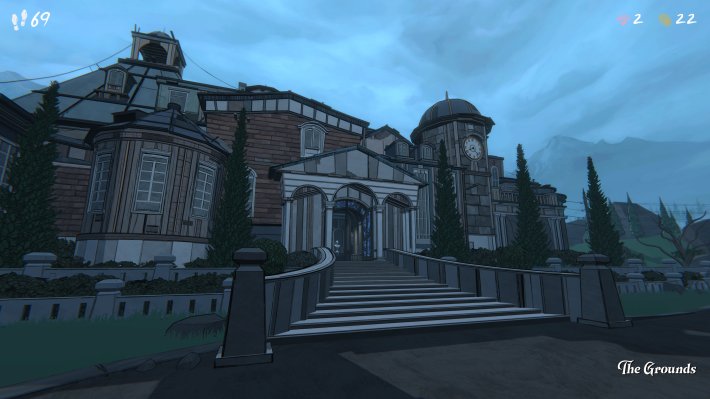
In contrast to its thorough inventiveness, Blue Prince starts with a well worn trope: the “on one condition” will. Your great uncle Herbert S. Sinclair has left you his estate of Mount Holly, under the condition that you can get to the secret 46th room of the 45-room mansion. The complication is that the mansion’s layout is not static, but rather a structure that you build every single day, room by room. The mansion’s map is a tile-based grid, and you have a select number of rooms in the pool to build out your mansion. You start with a fixed number of steps you can take, each step representing moving into a room. These steps can be refilled by activities like resting in bedrooms and eating food. If you run out of stamina, the day is over, and you must rest and return the following day. If you run into a dead end, you will probably have to hang it up as well. Tools, items, money and gems can be collected, but cannot be transferred to a different day except under specific conditions. At the end of the day, the tiles on the house reset unless specified otherwise.
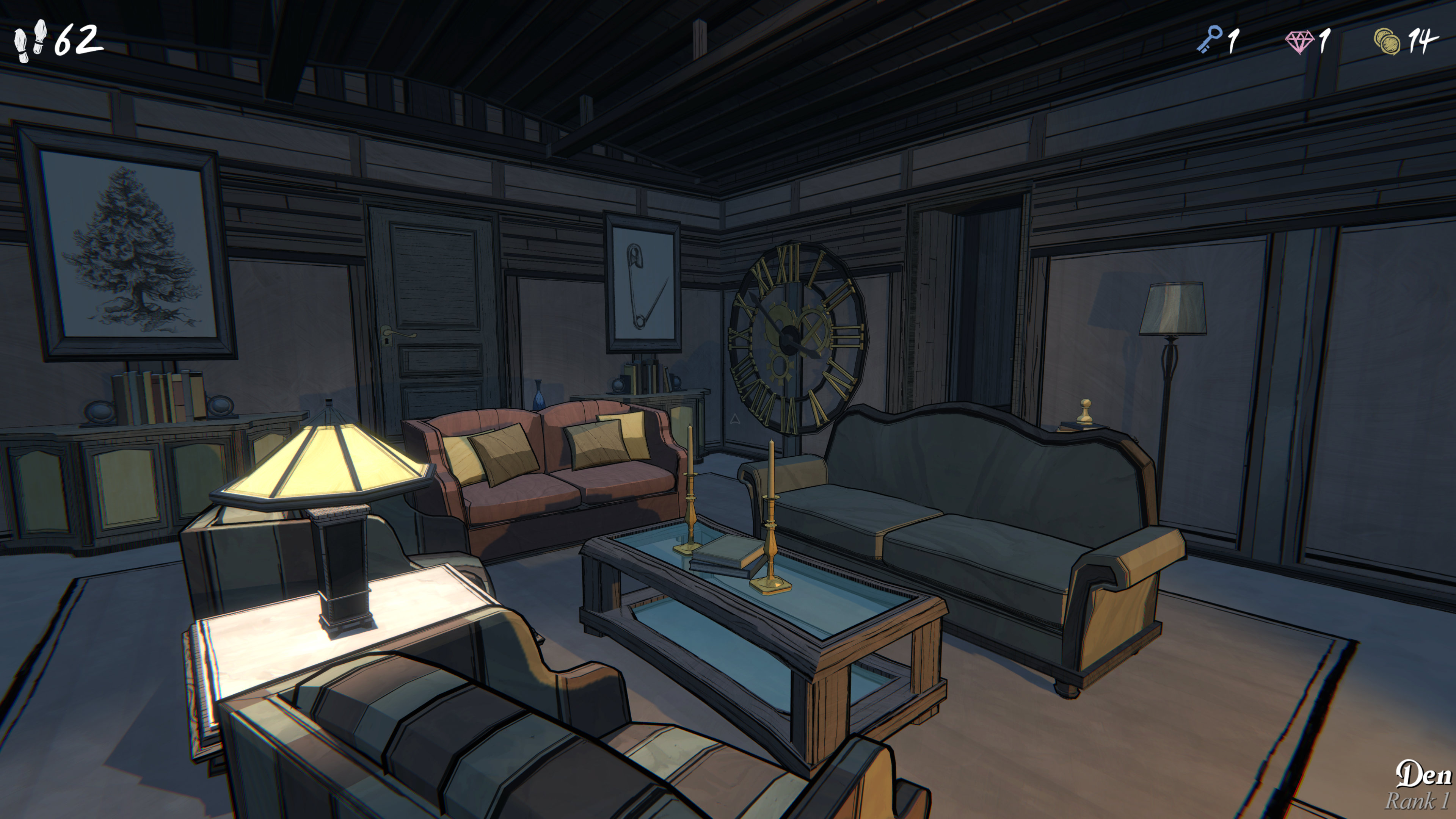
The board game element of Blue Prince requires strategic understanding of how the pool or rooms and the structure of the house works. Many rooms in your pool, like closets and bathrooms, are dead ends that can end your run if you draw them at the wrong time. Strategically burning those rooms early in places where they won’t be a nuisance becomes key to survival. On top of that, items like gems and keys become increasingly important as you get deeper into the mansion, so budgeting them for later becomes important as time goes on. You also have a few rooms with regular puzzles, including a variant of the Two Doors riddle and what I can only describe as “Dartboard PEMDAS,” that reward you with resources and teach you their internal logic. The only criticism of how the game is implemented is that at least one puzzle and the rooms themselves are color-themed, and the game’s color blindness accessibility feature is still a work in progress, currently being tested and developed according to the in-game menu.
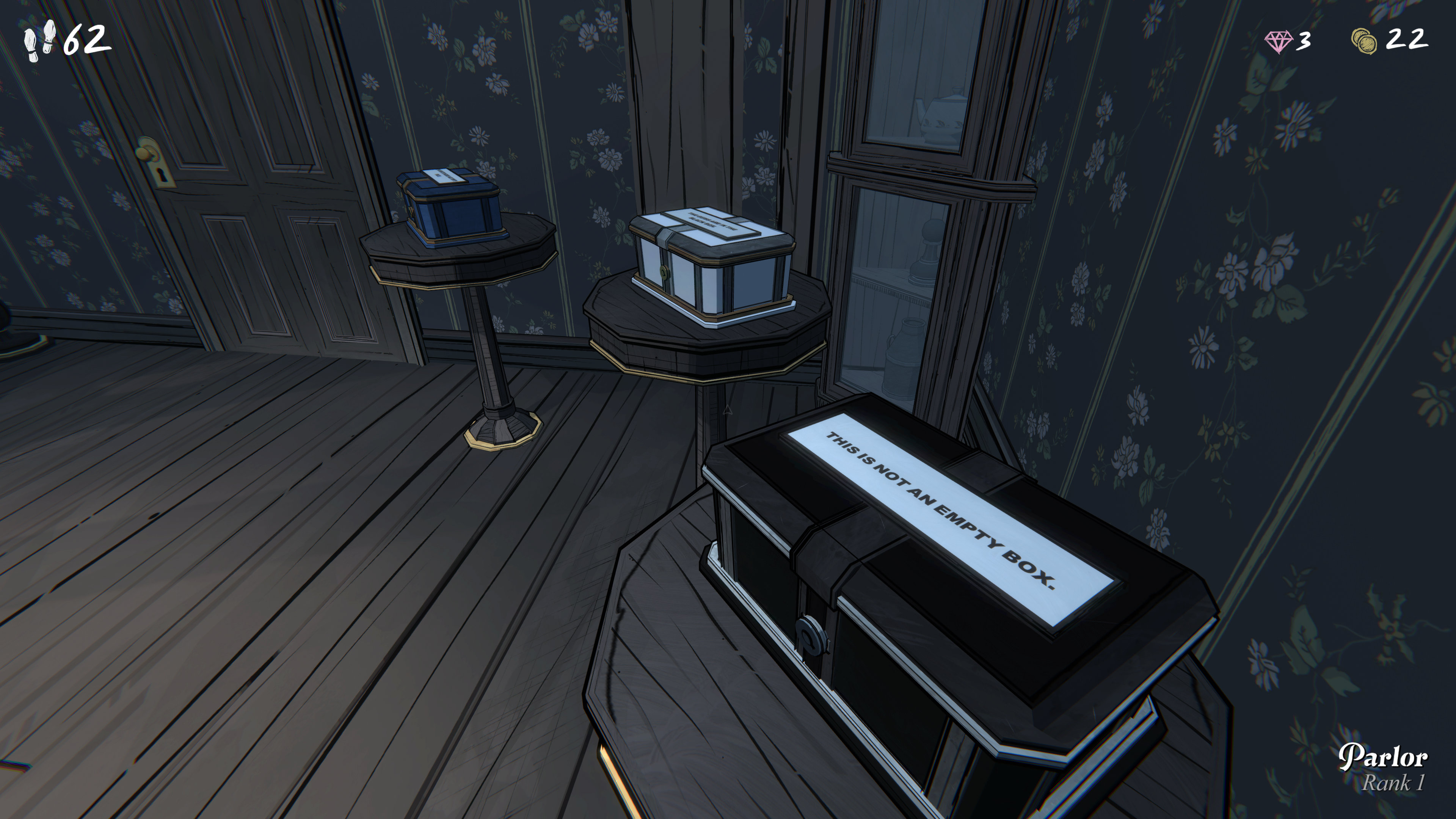
In addition to the stated goal of getting to Room 46, each individual room has clues to a greater mystery and a more intriguing plot. Often, it’s worth burning a run to go into a room you haven’t been in to advance the larger metagame. Sometimes these puzzles involve unlocking other parts of the grounds of the estate in ways that make the primary task easier. Other times, it’s in the service of something far grander. Much of the joy is the discovery of picking the game apart, so I will not spoil anything else, but it is some of the most interesting environmental storytelling I have seen in ages.
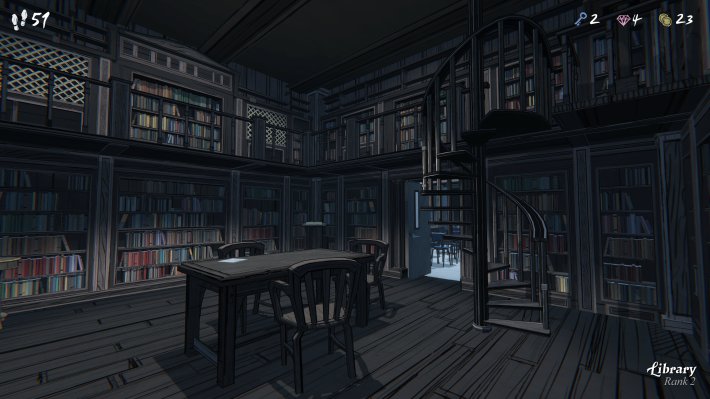
There are flavors of other games in Blue Prince, but absolutely nothing that is like it. You can point to many games – anything Cyan has made, What Remains of Edith Finch, several board games, the Zero Escape games, Outer Wilds, Inscryption, but the second you talk about any other part of the game the comparison falls apart. What if Riven was a roguelite? What if Telling Lies was a deckbuilder? What if Pipe Mania was themed like The Masque of the Red Death? What if the board game Carcassonne was also a mystery novel?
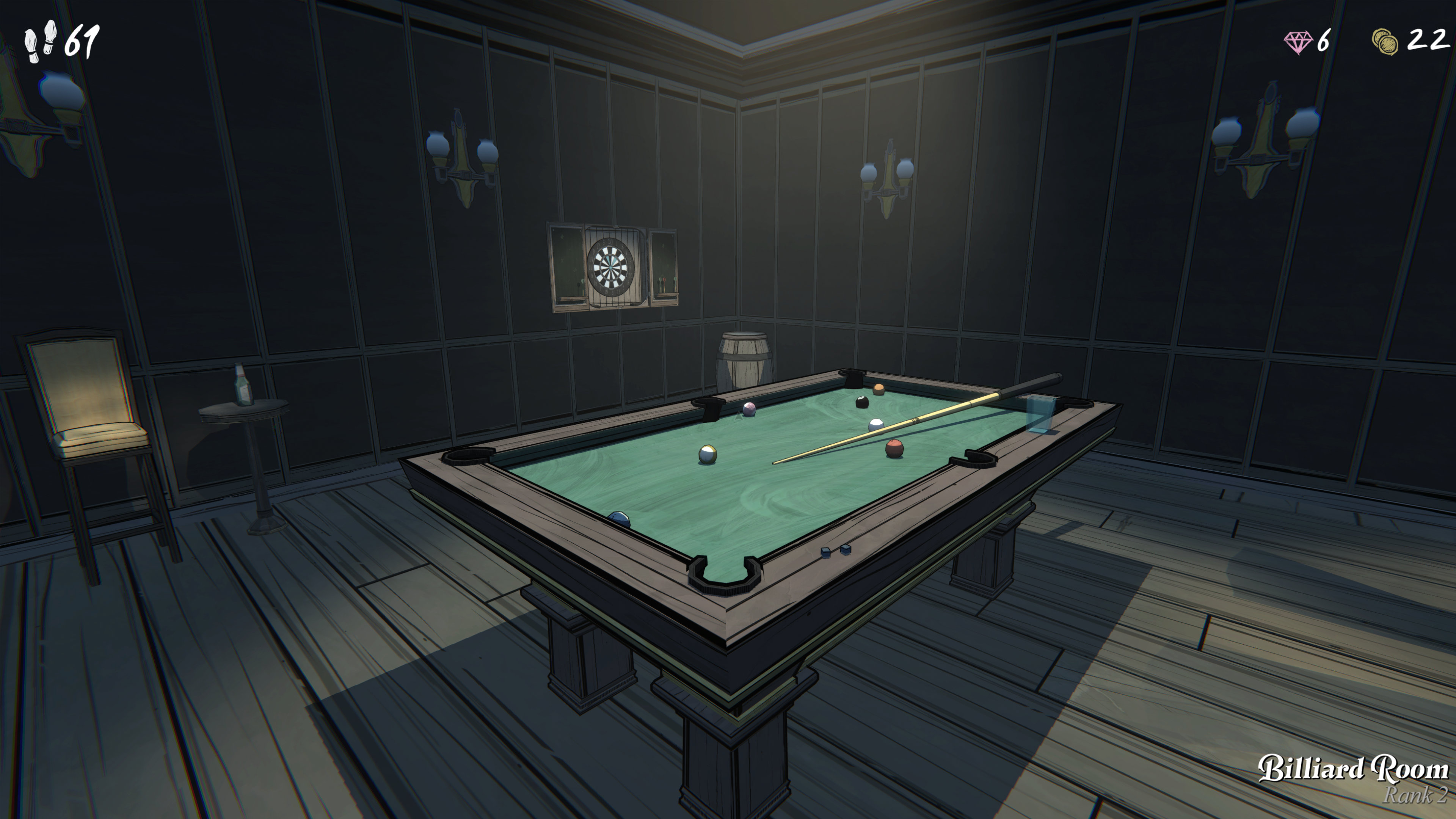
This layering has an additive effect. Where games like The Witness and Myst often become an impenetrable brick wall for the player to bash their head against, the daily construction of Blue Prince’s house engages a different part of your brain and paces out the overall mysteries. The house itself is a little busy box that constantly engages you, unjamming any frustrating mental blocks by suggesting new angles of attack, as well as offering many different pathways to the same solution. I solved many puzzles through inference only to be told the solution later in a different way. It is a game that solves solutions to problems I did not know the puzzle and adventure genres had.
Blue Prince is a far larger game than I could have ever predicted; I have spent about 55 hours in it and I am not “done” with it. It is a game that is best played with a buddy, occasionally dropping each other oblique hints to the mysteries still unsolved but never spoiling it for yourself. Like a house with many shifting rooms, Blue Prince’s constituent parts are immediately recognizable, but the totality is impossible to narrow down. It deserves every bit of the overwhelming praise it has gotten, and will be talked about for years to come. It is a game of novelty, new blood in a stagnant age. Blue Prince is the future of something new.


